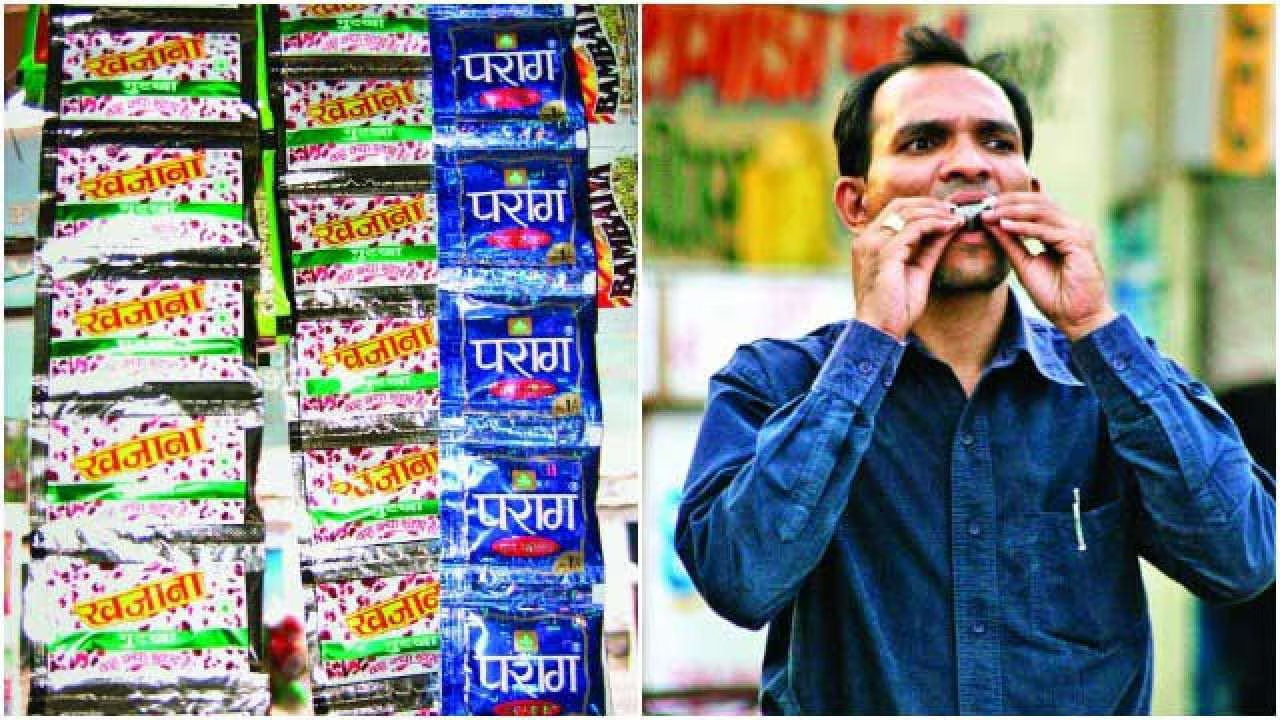The demand for news in India has been experiencing a notable decline, characterized by decreasing consumption and engagement with traditional news sources, alongside a shift in the platforms through which news is accessed. The reasons for this decline are multifaceted, encompassing changes in media consumption habits, the proliferation of digital platforms, and broader socio-political factors.
Decrease in Traditional News Consumption
Recent data highlights significant drops in news consumption in India. There has been a 12 percentage point decline in access to online news compared to the previous year, particularly through social media platforms, which saw an 11 percentage point drop. Television, another major source of news for a significant portion of the population, also experienced a 10 percentage point decrease, especially among younger and urban audiences.
This decline can be attributed to several factors. The easing of the pandemic and subsequent withdrawal of lockdown restrictions in April last year reduced the time people spent consuming news. Additionally, the rising influence of video-based content on platforms such as TikTok, Instagram, and YouTube has shifted attention away from traditional news sources.
Shifting Consumption Patterns
Indians are increasingly turning to search engines and mobile news aggregators as their primary sources of online news, moving away from traditional news websites. Only 12% of the population prefers reading news from direct sources such as newspapers, while 28% favor social media for news consumption. There is also a growing preference for watching or listening to news content over reading it.
The younger generation, in particular, is more inclined towards video news, with a significant portion of the population preferring to consume news in this format. This trend aligns with global shifts where video-based content is gaining traction, especially in the Global South.
Trust and Misinformation
Trust in news in India remains low, stagnant at 38%, among the lowest in the Asia-Pacific region. The decline in trust can be linked to increased political polarization and the perception of news sources as biased or unreliable. The rise of misinformation and fake news has further exacerbated this issue, with many people turning to social media and other non-traditional platforms that are more prone to spreading unverified information.
The regulatory environment in India has also played a role in this decline. Increasing government scrutiny and control over media, including new IT rules aimed at curbing fake news, have led to concerns about press freedom and the independence of news organizations. The takeover of prominent news outlets by large business conglomerates has also fueled fears of reduced media diversity and increased bias.
Economic and Technological Factors
The economic downturn has added pressure on news business models, making it difficult for traditional news organizations to sustain operations. The shift to digital platforms has also disrupted traditional revenue streams, as advertising dollars move to social media and other online platforms.
Technological advancements have transformed how news is produced and consumed. The proliferation of smartphones and affordable internet access has made it easier for people to access news on-the-go, but it has also led to shorter attention spans and a preference for quick, easily digestible content. This trend has negatively impacted long-form journalism and in-depth reporting.
Conclusion
The decline in news demand in India is a complex phenomenon influenced by changes in media consumption habits, technological advancements, economic pressures, and socio-political factors. While traditional news sources are facing significant challenges, the rise of digital platforms presents both opportunities and risks. The future of news in India will depend on how well news organizations adapt to these changes and address the evolving needs and preferences of their audience.





